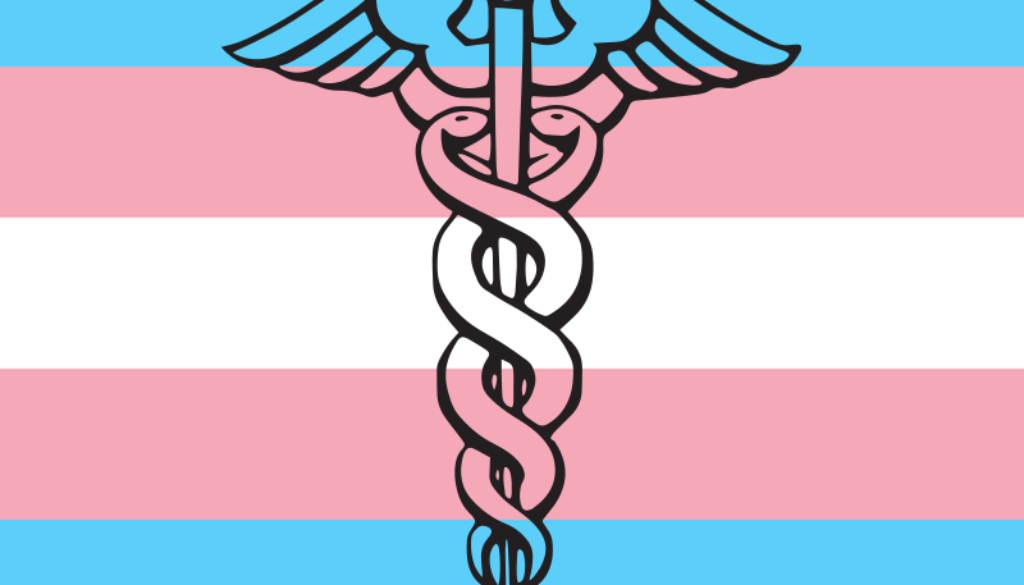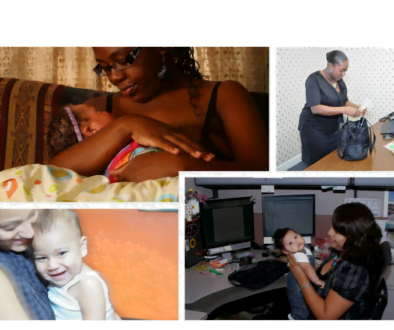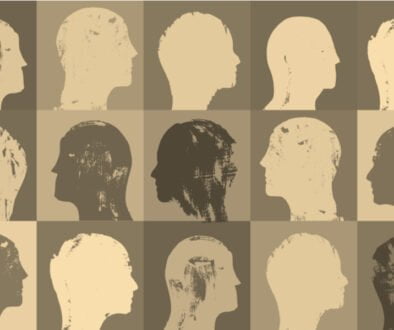How does discrimination impact chronic disease and mental health issues? Part III
Elaine MeyerThis is the third in a series of blogs featuring speakers from the Health Disparities Symposium at the New York University School of Medicine, held in October 2016.
Many transgender patients suffer discrimination at the hands of medical providers, despite the fact that gender variance is not new.
 When transgender patients suffer discrimination from medical providers, how does this impact their health—and how can the medical establishment’s treatment of trans patients be changed? Prejudice toward and ignorance of transgender and non-gender nonconforming individuals has had a direct impact on their health, said Health Disparities Symposium speaker Aron Janssen, MD, clinical assistant professor in the Department of Child & Adolescent Psychiatry at NYU School of Medicine.
When transgender patients suffer discrimination from medical providers, how does this impact their health—and how can the medical establishment’s treatment of trans patients be changed? Prejudice toward and ignorance of transgender and non-gender nonconforming individuals has had a direct impact on their health, said Health Disparities Symposium speaker Aron Janssen, MD, clinical assistant professor in the Department of Child & Adolescent Psychiatry at NYU School of Medicine.
Focusing in particular on the medical establishment, Dr. Janssen said that one in four patients have been kicked out of a doctor’s office when they expressed interest in gender transition, and 50 percent of transgender patients have had to teach providers about their own care. Trans health is almost never a part of medical school education, and the lack of data collected on this population is “horrific,” said Dr. Janssen, even though the number of trans people in this country is the same as the number of redheads and people with type 1 diabetes.
“When people talk about gender identity, people can dismiss it as this kind of Bay-Area identity politics concept…[that] ‘everybody’s a different gender now’…[and] this is a new cultural shift that people are creating out of nowhere,” he explained. In fact, gender variance is not new. Although society perceives gender as binary, the reality is that one’s gender identity is a complex synthesis of birth sex, gender role, and sexual orientation that researchers like Dr. Janssen are still trying to understand.
In his practice, Dr. Janssen’s top priority is to give his trans patients the support they need, in order to prevent mental health problems that come from being marginalized. The transgender population has a 40% suicide attempt rate, said Dr. Janssen. “You wonder, as you look at these rates of suicide… What is the cost of internalizing this judgment? What is the cost of feeling like you have to hide this aspect of yourself?” he asked. “The number one factor that comes out in every single study and predicts good or bad outcomes for transgender folks is the support and acceptance of family. This, by far, is what I’m thinking about when I treat transgender children. I need to help families to love and accept their child regardless of what their gender is ultimately.”
More than 200 attendees gathered at the Health Disparities Symposium at NYU School of Medicine in October 2016 to explore the ways in which discrimination based on race, ethnicity, and sexual orientation and gender identity has a direct impact on chronic disease and mental health. Sponsored by the Department of Population Health, the Office of Diversity Affairs, and the NYU-Health + Hospitals Clinical and Translational Science Institute, the symposium gave special attention to the broad range of health disparities research and action taking place across the School of Medicine, NYC Health + Hospitals, and New York City and the ways these health issues are being addressed in New York City. Read more about the Symposium here.
*Unless authored by IAPHS Staff, posts reflect views of individual authors, not those of IAPHS.
About the Coauthor: Patricia Dempsey
 Editorial consultant Patricia Dempsey, MA, Johns Hopkins and member, American Society of Authors and Journalists, contributes to national publications.
Editorial consultant Patricia Dempsey, MA, Johns Hopkins and member, American Society of Authors and Journalists, contributes to national publications.






All comments will be reviewed and posted if substantive and of general interest to IAPHS readers.